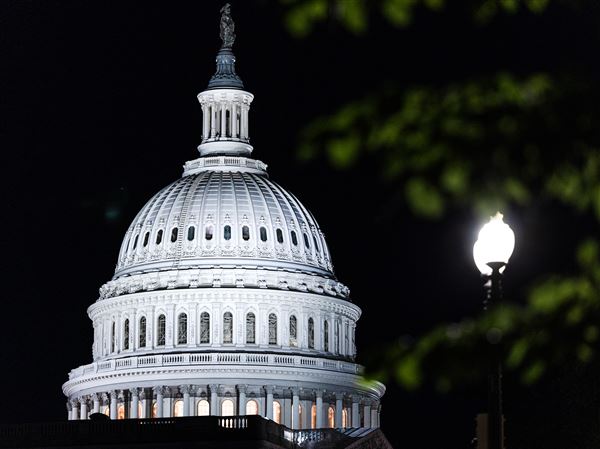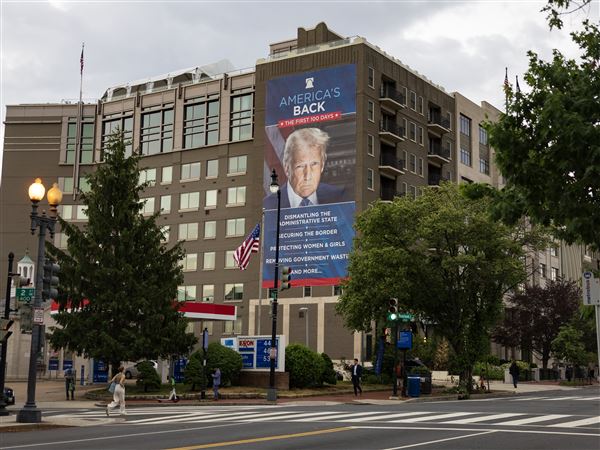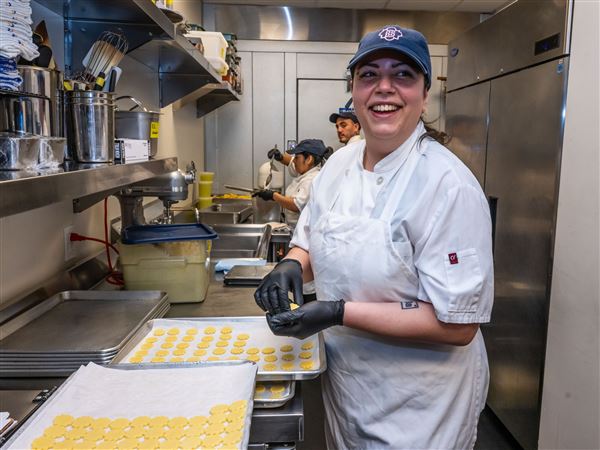Known for its retail food markets, colorful shops and lively nightlife, Pittsburgh’s historic Strip District is a 24-hour neighborhood that epitomizes the cultural diversity of our region. The Strip District is a ½-square-mile area northeast of Downtown Pittsburgh that is confined by natural boundaries, including the Allegheny River and the extension of Grant’s Hill, with boundaries between 11th and 33rd streets.
In 1814, property owners James O’Hara and George Bayard established a plan of lots encompassing the area now between 11th and 15th streets. Officially known as the “Northern Liberties of Pittsburgh,” the area was commonly referred to as “Bayardstown.” Throughout the 19th century, the Strip’s easy access to river and rail transportation made it ideal for industrial development, including iron mills, foundries and glass factories.
Steel baron Andrew Carnegie got his start in the iron and steel industries with the Upper and Lower Union Mills on Smallman and 33rd streets. ALCOA also began its commercial production of aluminum in the area, the Fort Pitt Foundry on Smallman Street cast cannons for three U.S. wars, and George Westinghouse built his first air brake factory on Liberty Avenue.
Beginning in the early 20th century, many wholesale produce merchants relocated from Downtown to the Strip to be closer to the Pennsylvania Railroad yards, and the neighborhood quickly became the hub for produce businesses.
Crippled by the Great Depression and the Saint Patrick’s Day Flood of 1936, many businesses shut their doors in the 1930s. Trucks began to replace railcars as the preferred method of transportation following World War II, and large chain grocery stores began purchasing directly from growers, putting many produce wholesalers out of business.
By the 1990s, dozens of retail shops opened on Penn Avenue and Smallman Street, providing a rich array of produce, ethnic foods and restaurants.
In 1996, the Senator John Heinz History opened at 1212 Smallman St., becoming the largest history museum in Pennsylvania and an affiliate of the Smithsonian Institution.
Today, the Strip provides more than 16,000 jobs and supports the grocery needs of nearly 250,000 residents in Lawrenceville, the Hill District, Downtown and the North Side. Shops such as Wholey’s Fish Market, Pennsylvania Macaroni Company and the original Primanti Brothers delight local and out-of-town visitors looking for an authentic taste of Pittsburgh.
Visitors to the Heinz History Center can learn more about the people and events that have shaped Pittsburgh’s eclectic neighborhoods as part of the long-term exhibition “Pittsburgh: A Tradition of Innovation.” For more information, visit www.heinzhistorycenter.org.
First Published: May 20, 2015, 10:34 p.m.














